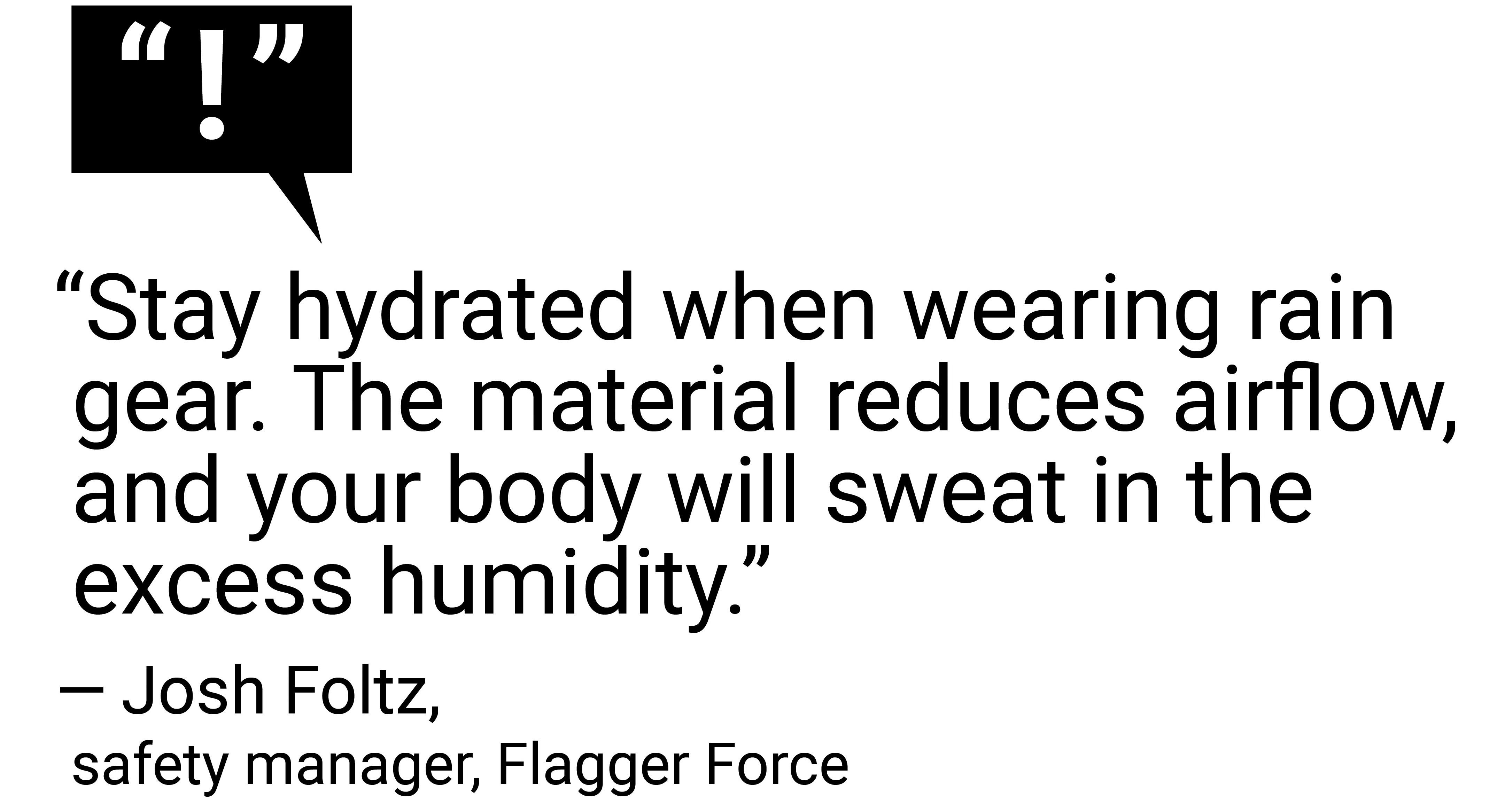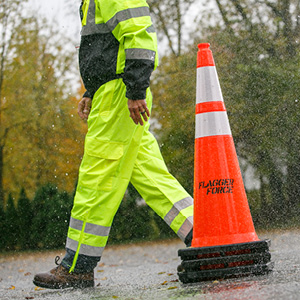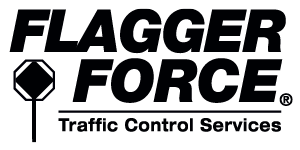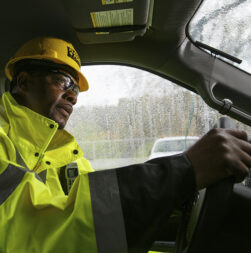When it comes to traffic control, the show must go on. There is a range of weather conditions that field crews must deal with to keep the work zone safe and our communities moving. If not properly prepared, the safety of the crew and the traveling public could be at risk.
Let’s face it, no one really wants to stand outside in the rain, except for maybe a duck. However, the dedicated men and women working in the field to keep our lights on, water flowing, and roads paved, brave these conditions every day — especially during the summer months when warm temperatures bring fast-moving rain fronts. Having the appropriate gear to stay dry will help reduce the added stress that inclement conditions may have on the work zone.
Another risk factor crews face when working in a damp environment, is that visibility is reduced. They’re already in a high-risk environment working on or near the roadway, but adding slippery, darkened conditions heightens the hazard level. Full-body, hi-vis gear must be worn to help motorists see crews in dim conditions. Head-to-toe retro-reflectivity will help crew members stand out amongst a busy job site. Flagger Force’s rain gear meets ANSI standards — Class 3 for the jacket and Class E for the pants.
THE RIGHT GEAR TO WEAR
When looking for rain gear, consider the following:
Waterproof: this seems obvious, but there are a lot of brands that claim their clothing is waterproof when it turns out to be a wearable sponge. To stay comfortable, make sure the clothing fulfills its claim.
Lightweight and mobile: while it repels water, it is not efficient if it weighs the person down, leaving them less agile.
Resilient: since rain gear will be worn multiple times in extremely adverse weather conditions, make sure it can withstand the worst and last the long haul.
High visibility: we mentioned this earlier, but rain gear should meet ANSI standards if working near traffic, so motorists can see crew members through the rain. Dirty and abraded clothing needs to be replaced.
Checking the box with all these attributes will lead to quality protection and mobility — both essential safety traits for working in the field in wet weather.
TIPS FOR STAYING DRY — AND SAFE
Not only is it essential to wear the appropriate gear, but it’s just as important to wear it properly. For example, pants should be pulled over the boots rather than being tucked into them, so no water can enter the footwear. When selecting which pair of fog-proof safety glasses to wear, go for a pair with clear, amber, or blue lens instead of dark ones to help with visibility. And when it comes to keeping your phone, wallet, keys, or other valuables dry on the job, try protecting them in a waterproof box or even a Ziploc bag — side note, Ziploc bags are a good, inexpensive way to keep two-way radios dry for use during rainy days in the field.
Keep in mind that materials like polyester, nylon, and polyvinyl chloride, while are waterproof, may hold in heat and sweat. As waterproof technology advances, new material, such as PTFE, support better breathability. However, regardless of the material, rain gear seems to have less stretch — which may affect the flexibility of the fabric and the individual. Due to the type of material and the added humidity, it’s important to stay hydrated when working in the field during a rain storm.




